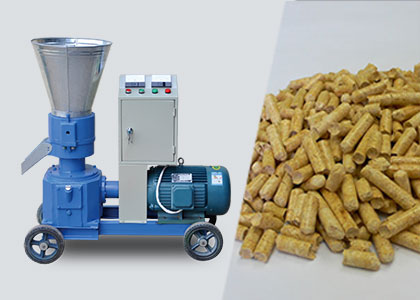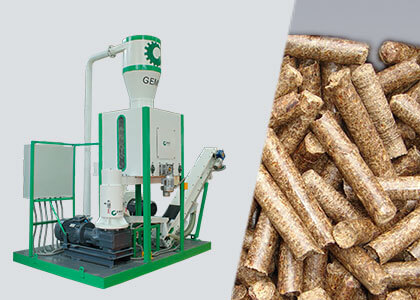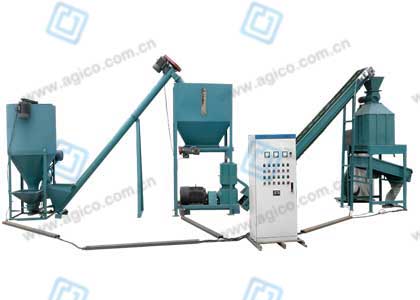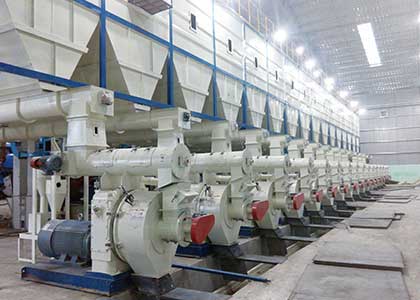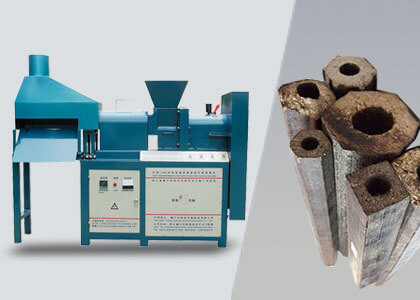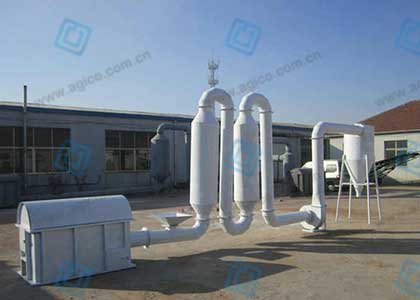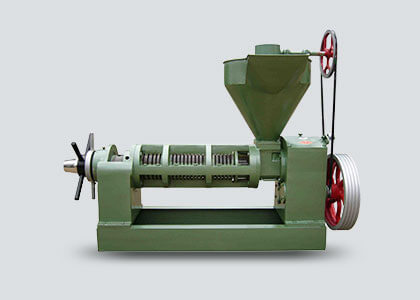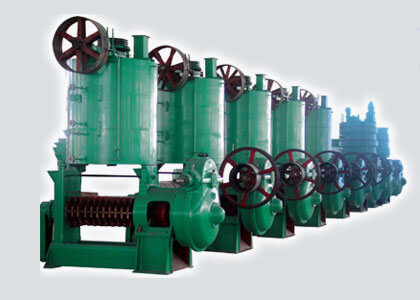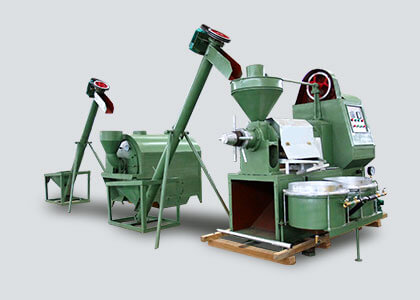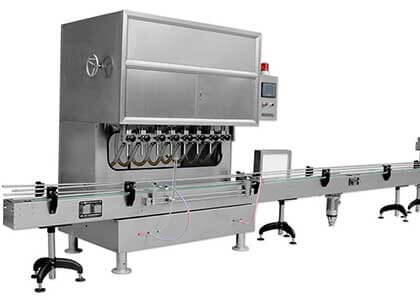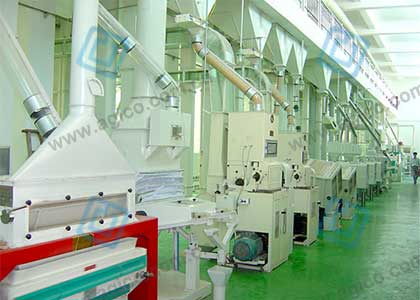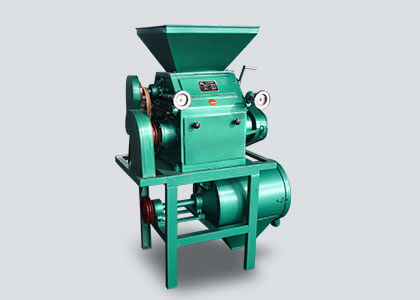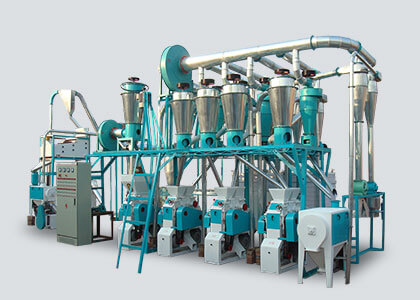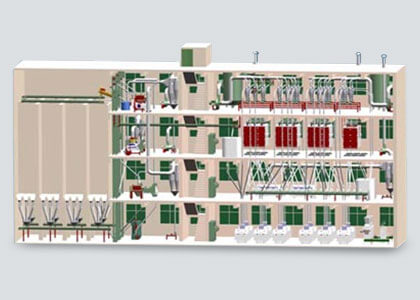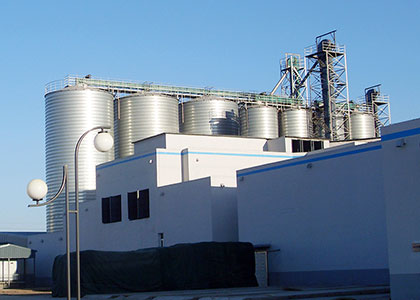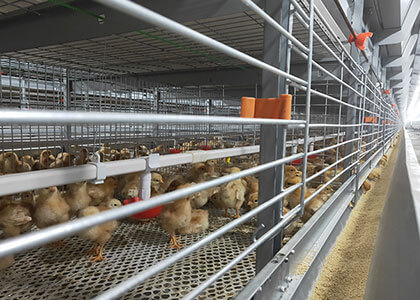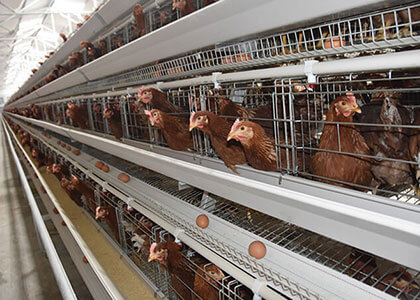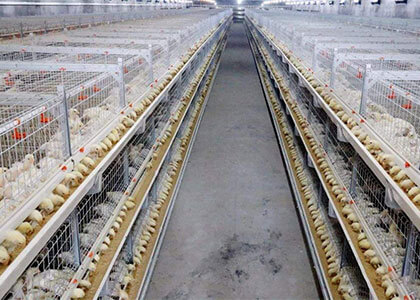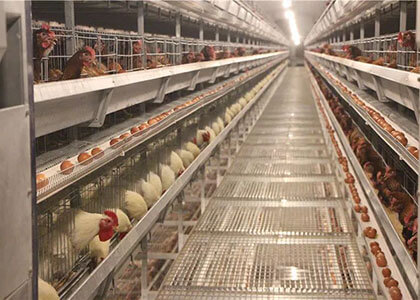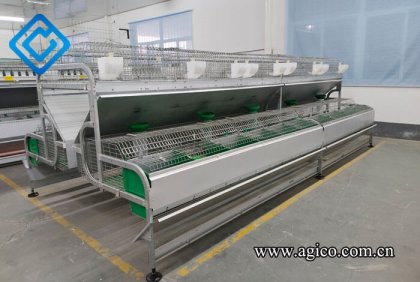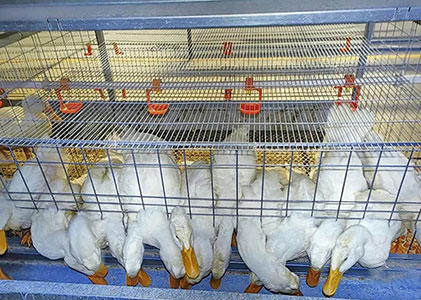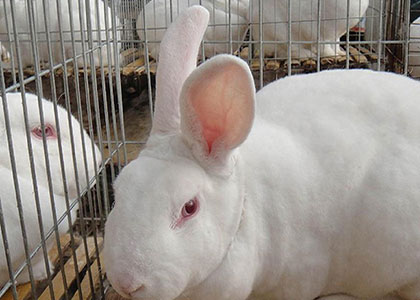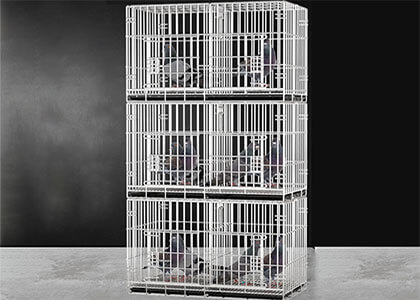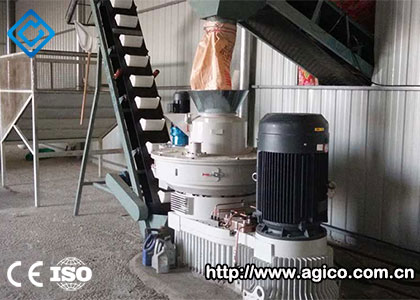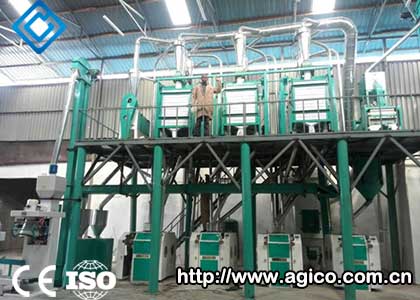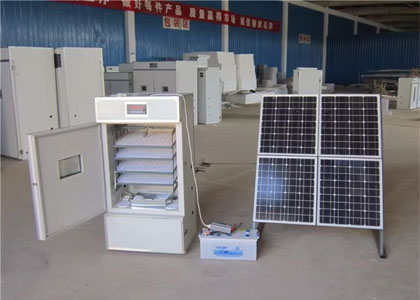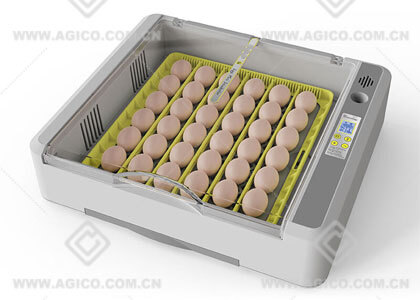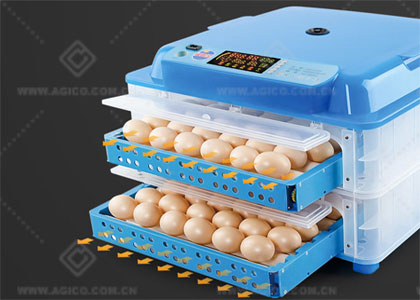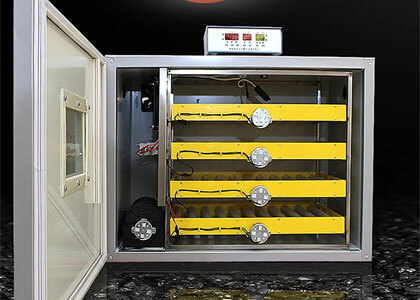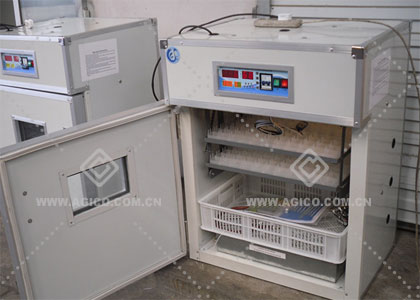How to Raise Week-old Chicks?
After the eggs hatch, the chicks break out of their shells. The chicks in their first week of hatching are called week-old chicks. The feeding quality of the chicks in the first week of life directly determines whether the chicks can grow up healthily as adults. The chicks that have just hatched can be put into professional chick cages for batch rearing. And good feeding management plays a decisive role in the survival rate of chicks.
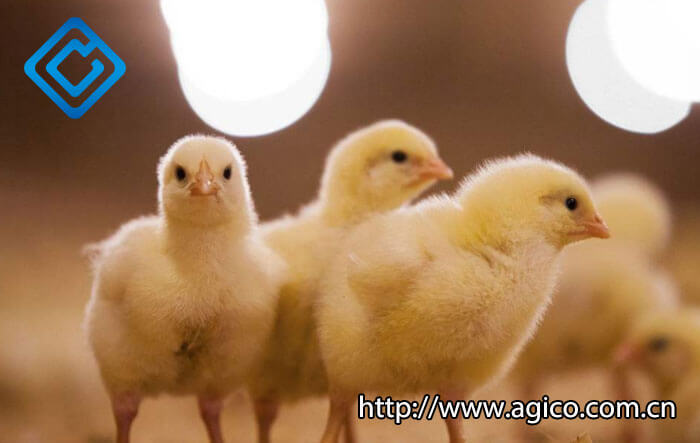
You are bound to have many questions during the first week of raising chicks. When do chickens need a heat lamp?What temperature do baby chicks need? Next, we will explain in detail how to care for one-week-old chicks.
One-week-old Chick Feed
For the start of 1 week old chicks, feed the fortified pellet feed to the chicks, each chicken is fed 1g of feed at a time, once every 2-3 hours, and wet the feed and spread evenly onto the tray.
One-day to three-day-old chicks are fed in the form of feeding trays placed in the chick cage. 4-day-old chicks start using the feeder. The feed trough is a feeding device hanging on the outside of the chicken cage. Taking into account the lack of height of chicks, a height-adjustable stepping pad is set in the chicken cage to facilitate the feeding of chicks of different ages. Therefore, the breeder needs to adjust the height of the seasoning plate according to the height of the chicks in time to facilitate the feeding of the chicks.
The chick house needs to be fed 2-4 times a day, at least 3-4 times a day, to ensure that each chicks has enough feed, and the feed needs to be evenly distributed when the light is turned on. Uneven feeding can easily cause poor growth of individual chickens.
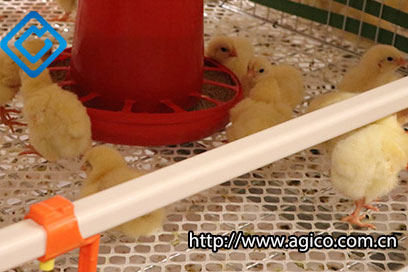
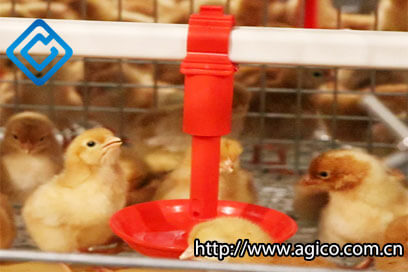
Precautions for Drinking Water for One-week-old Chicks
First drink of one-week old chicks
The sooner the young chicks drink, the better because the body water is consumed a lot after the chicks come out of the shell. According to research, body water consumption is 8% after 24 hours of hatching and 15% after 48 hours. Therefore, drinking water early can promote intestinal peristalsis, absorb residual yolk, eliminate feces, increase appetite, benefit the absorption of feed, and improve the survival rate of chicks.
Timely replenishment of nutrients
Adding 3% glucose to the water plays a role in supplementing energy. At the same time, adding water-soluble vitamins can enhance the disease resistance of chicks. Adding antibiotics to the water the next day after the first drink can improve the survival rate of chicks and promote growth.
Drinking mode
According to the actual conditions, use the drinking fountain for the first 3-7 days, change the water 4-6 times a day, and then gradually transition to the use of automatic drinking water pipes, and the phenomenon of water interruption is prohibited.
Cleaning and disinfection
Cleaning and disinfection drinking fountains should be cleaned once a day, and drinking water pipes should be rinsed and disinfected every half month.
Light for Baby Chicks
The effect of light for baby chicks on growth is not direct but occurs indirectly through the effect on chick feed intake. So, when do chickens need a heat lamp?
For closed chick houses with fully automatic poultry farming equipment, the light intensity should be above 20 lux. You can use a 60w incandescent lamp for the first 7 days, keep 24 hours of light for 1-3 days, and reduce the light time by 1 hour every day from the 4th day.
What Temperature do Baby Chicks Need?
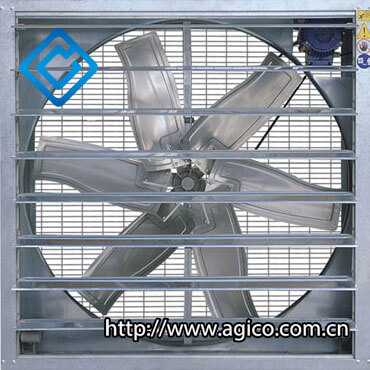
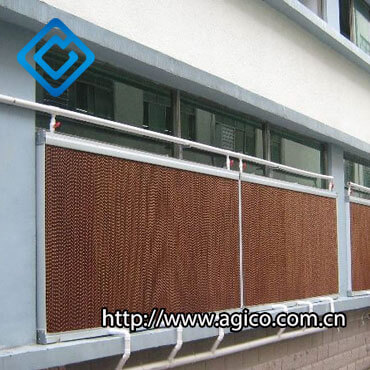
The general principle of temperature control in the chicken house is that the temperature of the first 3 days of the chick is generally controlled at 35-37 °C. If the chick is weak, it can be appropriately increased by about 1 °C, and the temperature is controlled at 34-36 °C for 4-7 days. Maintaining a suitable, uniform and stable temperature is crucial to the health and growth of chicks and is the key to raising chicks well.
- First, make sure that the temperature in the house is uniform, with a difference of no more than 1°C everywhere. Uneven temperature directly causes uneven development of chicks, uneven physique, and increases the difficulty of brooding.
- Secondly, keep the chick deworming stable, and the temperature should not exceed 1 °C every day. It is best to develop a detailed daily temperature control plan based on the target temperature at the end of the brooding period. For example, the target temperature for 42 days is 23°C, and during the brooding period, it can be lowered by 1°C every 3 days, so as to achieve the purpose of stable deworming.
- The humidity in the chicken house should be maintained at 40%-60%. If the humidity is too low, the chicks are easily dehydrated, and the increase of dust in the air can easily damage the respiratory mucosa of the chicks and induce respiratory diseases. In the case of high temperature and low humidity, the humidity can be increased to reduce the temperature by sterilizing the chickens, and the environment in the house can be purified at the same time; in the case of high temperature and high humidity, the adverse effects of high temperature and high humidity on the chickens can be reduced by increasing the ventilation rate. , which can increase the temperature in the house and increase the ventilation volume appropriately.
Precautions for Ventilation of Chicken House
Purpose of ventilation
Ensure sufficient oxygen content (19.6%) in the house, adjust the temperature, and remove excess heat from the chicken body. Remove moisture, reduce dust in the house, and reduce the accumulation of harmful gases in the house, such as ammonia and carbon dioxide.Ventilation method
In the early stage of brooding, heat preservation is the main method, supplemented by ventilation. The purpose of ventilation is proper ventilation. During the day, the outside temperature is high and the chicks are active, so the ventilation can be appropriately increased. At night, the outside temperature is low and the chickens are small, so the ventilation should be reduced. The wind speed and ventilation volume in the first 7 days are not easy to be too large, and it is appropriate for people to feel warm and comfortable without being stuffy.After one week of age, it is necessary to check the body weight of the chicks, and carry out different feeding management plans for the abnormal individuals, which can promote the overall uniform development of the chickens, promote the synchronization of body weight and sexual maturity, and achieve a good production level.

